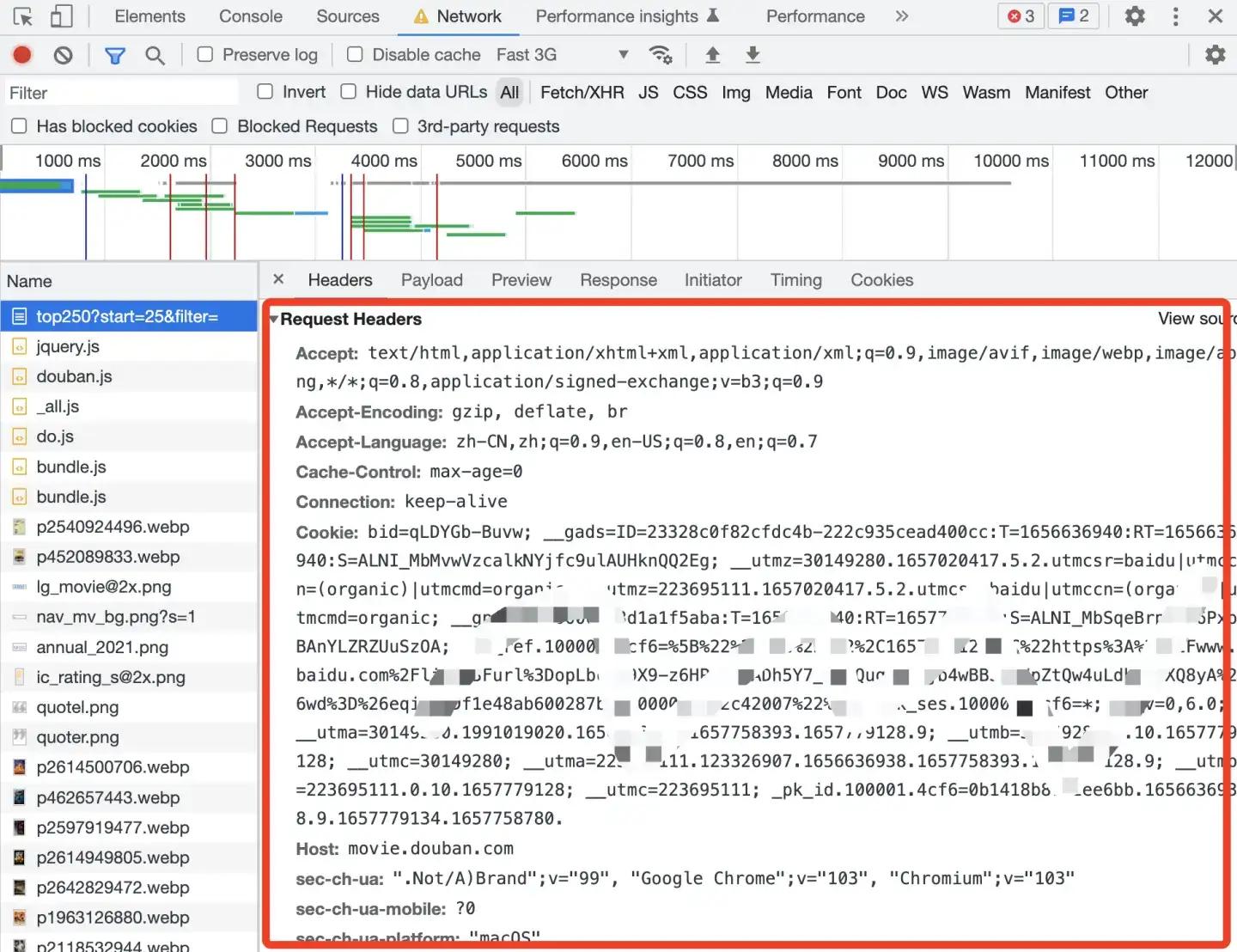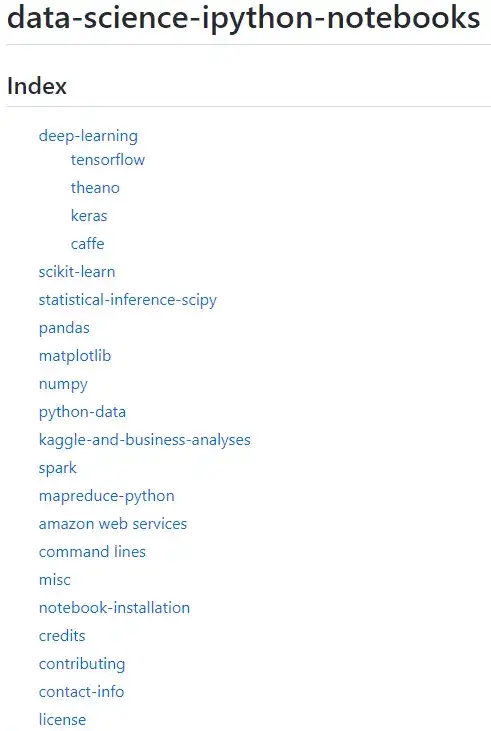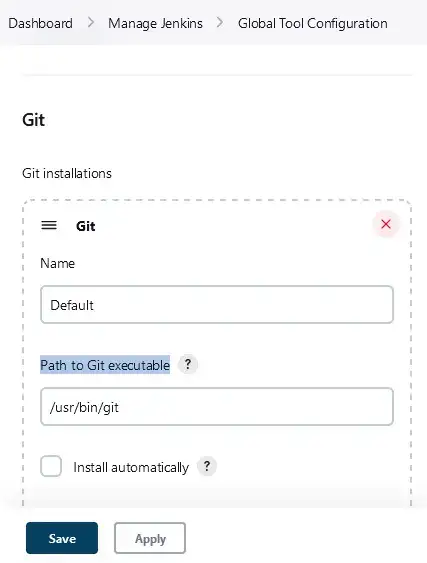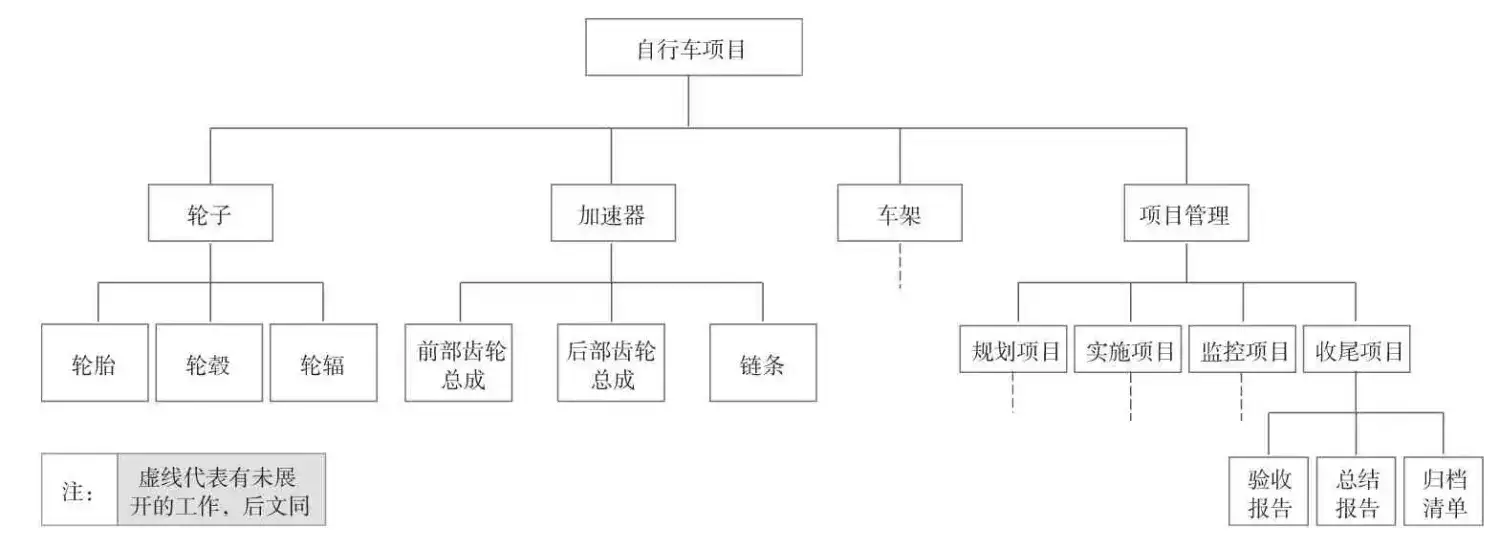返回
ES6的一些常用语法
见解分享
2023-10-10 21:59:11
引言
ES6,即ECMAScript 2015,是JavaScript的最新版本。它引入了许多新的语法特性,可以帮助您编写出更简洁、更易读的代码。
箭头函数
箭头函数是一种新的函数语法。它们使用箭头(=>)而不是function来定义。箭头函数没有自己的this关键字,并且不能使用arguments对象。
// ES5
function add(a, b) {
return a + b;
}
// ES6
const add = (a, b) => a + b;
模板字符串
模板字符串是一种新的字符串类型,允许您使用模板字面量来定义字符串。模板字符串可以使用${}来插入变量或表达式。
// ES5
const name = "John";
const greeting = "Hello, " + name + "!";
// ES6
const name = "John";
const greeting = `Hello, ${name}!`;
类
ES6引入了一种新的类语法。类可以帮助您组织代码,并使您的代码更易于理解。
// ES5
function Person(name) {
this.name = name;
}
Person.prototype.greet = function() {
console.log("Hello, my name is " + this.name + "!");
};
// ES6
class Person {
constructor(name) {
this.name = name;
}
greet() {
console.log(`Hello, my name is ${this.name}!`);
}
}
剩余参数
剩余参数允许您将函数的所有剩余参数收集到一个数组中。剩余参数必须是函数的最后一个参数。
function sum(...numbers) {
return numbers.reduce((a, b) => a + b, 0);
}
console.log(sum(1, 2, 3, 4, 5)); // 15
展开运算符
展开运算符允许您将数组或对象展开为一组单独的参数。展开运算符可以用于函数调用、数组连接和对象扩展。
// 函数调用
const numbers = [1, 2, 3, 4, 5];
console.log(Math.max(...numbers)); // 5
// 数组连接
const a = [1, 2, 3];
const b = [4, 5, 6];
const c = [...a, ...b]; // [1, 2, 3, 4, 5, 6]
// 对象扩展
const obj1 = {
name: "John",
age: 30
};
const obj2 = {
...obj1,
city: "New York"
};
console.log(obj2); // { name: "John", age: 30, city: "New York" }
结语
ES6的这些语法特性可以帮助您编写出更简洁、更易读的代码。如果您还没有使用过这些特性,我鼓励您尝试一下。





